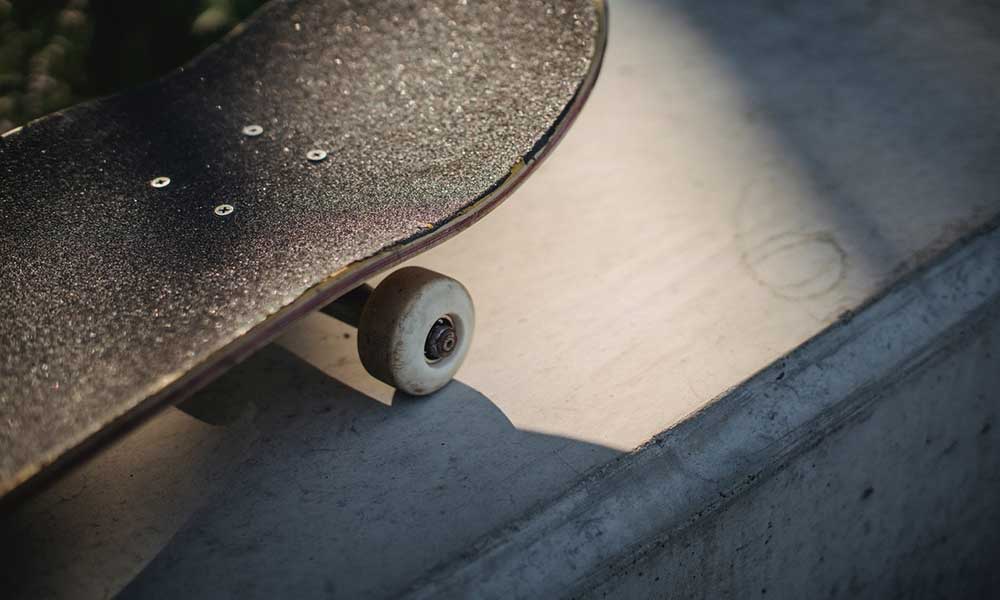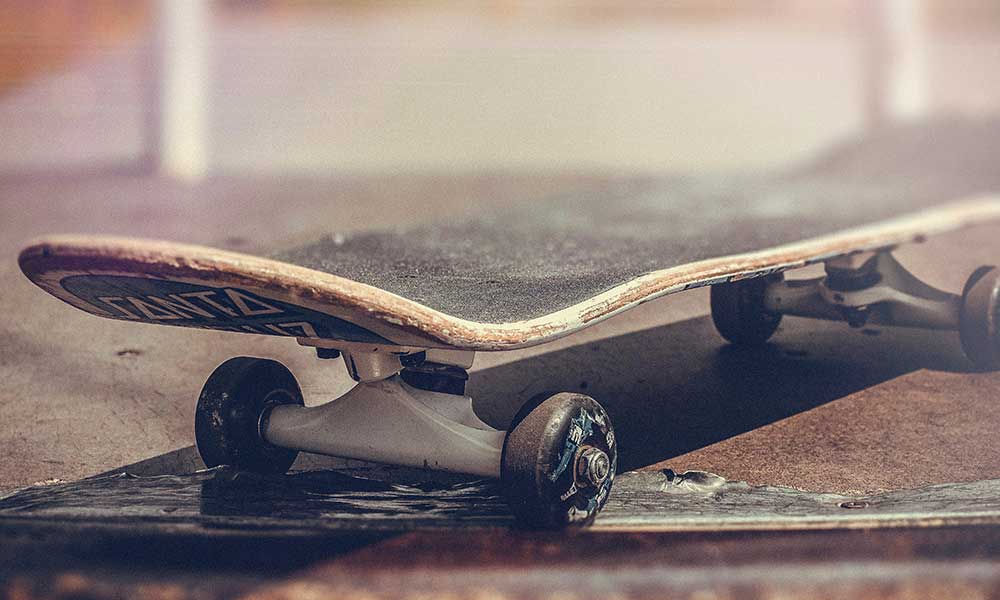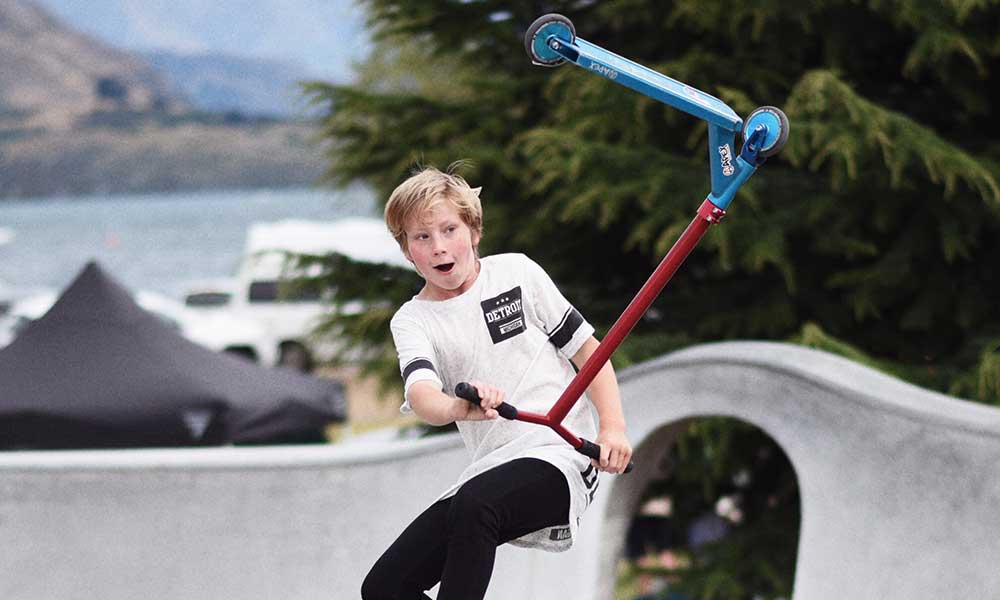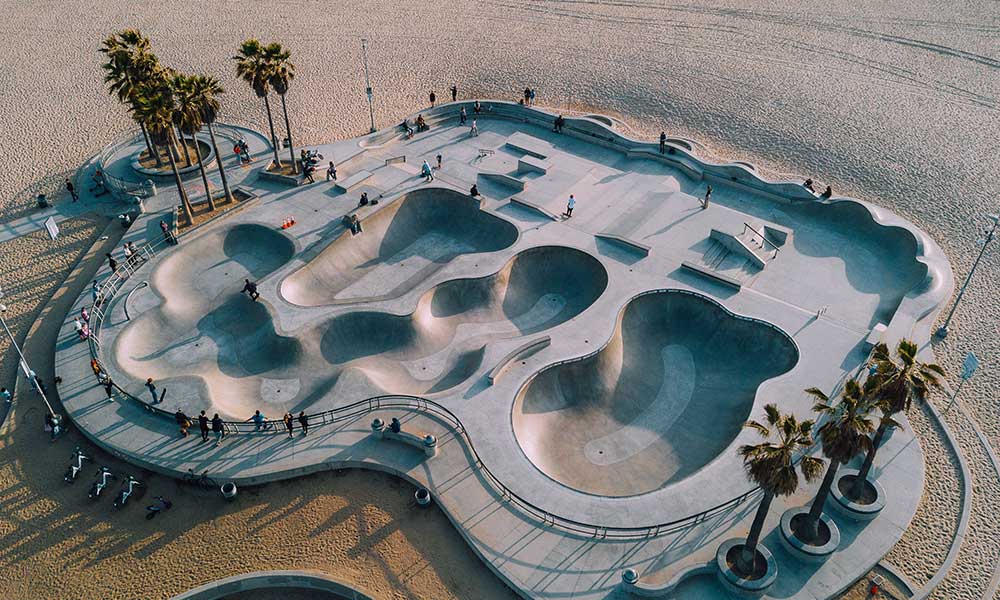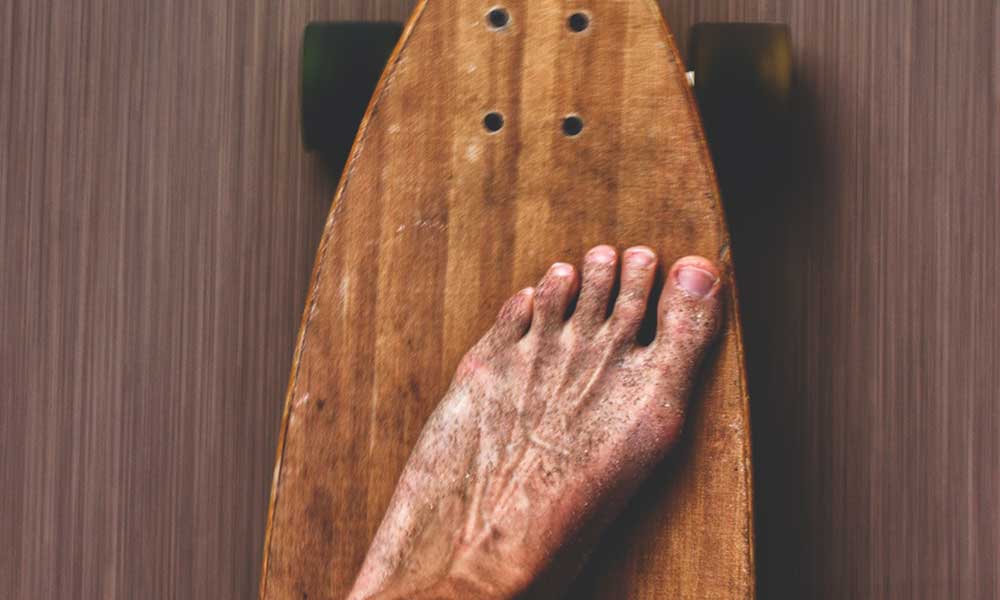Skateboard bearings have been standardized to ensure they are compatible with most skateboard wheels.
But the skate bearings themselves can differ quite considerably in terms of performance, durability, and cost.
What are ABEC Ratings?
ABEC stands for Annular Bearing Engineers’ Committee.
It is a rating system that covers grades 1, 3, 5, 7, and 9.
The greater the number, the greater the tolerance of the bearings.
A high ABEC rating doesn’t mean that the skateboard bearing is better, but just that it has a higher tolerance and physical limit.
The ABEC rating does not account for handling and other key parameters.
Is ABEC 9 or 11 Better?
The ABEC rating is capped at 9, indicating skateboard bearings that are precise and made to a very high standard.
ABEC 11 is just a branding thing that suggests the quality goes above and beyond what is considered to be high quality.
ABEC 11 skate bearings are often just ABEC 9 bearings, and so there is no difference, at least not as far as the ABEC rating system is concerned.
What are the Different Types of Skateboard Bearings?
Skate bearings can be made from several different materials, all impacting the performance and durability.
Steel Skateboard Bearings
Steel bearings are the most common. They are cheap, strong, and very durable.
The actual quality of skate bearings can vary greatly depending on the type of steel used, but generally, steel bearings deliver speed and affordability.
The downside to using steel bearings is that they are prone to rusting and need to be oiled and kept dry.
Titanium Skateboard Bearings
Titanium bearings offer a similar level of performance as steel bearings, but with the added benefit of being rust-resistant.
As a result, they often last longer.
Ceramic Skateboard Bearings
Ceramic bearings are incredibly tough and they are also resistant to heat.
Ceramic bearings don’t create as much friction as some other skateboard bearings and unlike steel, they don’t rust.
The downside to using ceramic bearings is that the substance can be quite brittle and may break when placed under a great deal of stress.
What are the Parts of a Skateboard Bearing?
There are several parts to a skateboard bearing.
- Ball Bearings: Half a dozen balls roam freely across the races. They spin and roll and play an important role in the overall structure. Fewer balls will create less friction and should improve the speed.
- Inner Races and Outer Races: The “races” are the areas in which the balls roam. They are the inner and outer parts of the skateboard bearing.
- Retainer: A skateboard bearing retainer ensures that the balls remain in place and are equal distance from one another.
- Bearing Spaces: Although optional, bearing spaces are very useful. These cylinders fit over the axle and help to keep the skateboard bearings aligned.
- Shields: A protective feature that prevents dust and dirt from getting inside the skateboard bearings. Many bearings have removable shields to make them easier to clean.

